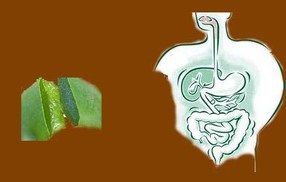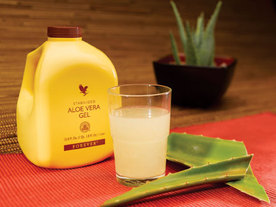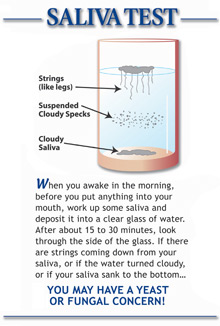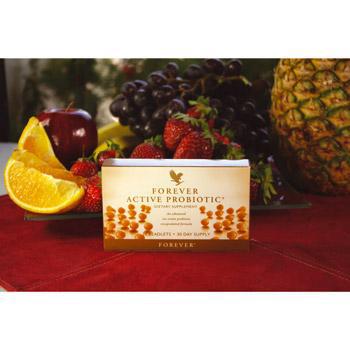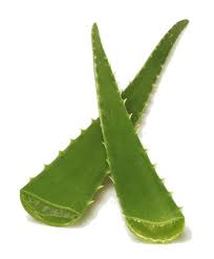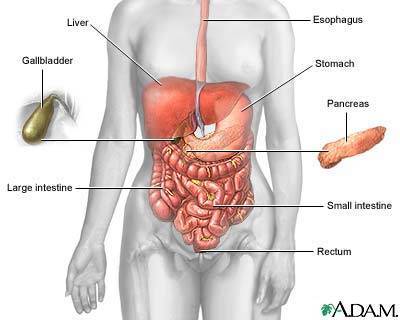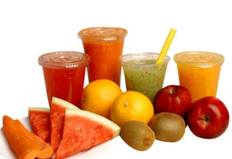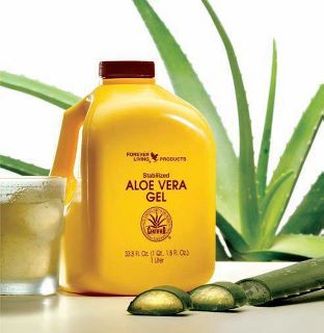 Forever's Aloe Vera Gel ~ Exclusive Natural Goodness!
Forever's Aloe Vera Gel ~ Exclusive Natural Goodness! The aloe plant is one of the most studied herbs in the natural products category. This plant it is often called "the miracle plant" and is the oldest known and the most used medicinal plant. It has about 200 active ingredients which have been proved scientifically and numerous combinations of these ingredients ensure a broad spectrum of activity against disorders in human health. Aloe helps maintain a healthy intestinal pH while promoting a friendly environment for probiotics in the digestive tract. Aloe also assists in controlling harmful bacteria growth which can cause further damage to the digestive system. This fascinating plant has been known to help reduce the toxins in the body and assist in the elimination of waste that can slow down cellular process and inhibit nutrient absorption. Again, Aloe is a natural detoxification as it boosts the immune system, partly by increasing beneficial intestinal flora. It soothes and repairs damaged and inflamed tissue internally and externally and is therefore often seen as a "cure-all" because its uses are so wide-ranging. Regular consumption of Aloe vera gel relieves digestive disorders like ulcers, Infectious bowel syndrome, Celiac disease and Crohn's disease- an inflammatory bowel disease. Nutrients in Aloe Vera include minerals, vitamins, essential amino acids and plant compounds like triterpenes and polysaccharides. Triterpenes are known to exhibit antioxidant activity and reduce blood sugar. Polysaccharides boost immune function and digestive function. It is this breakdown that makes Aloe one of the most useful herbal products on the market today.
For more information on the Health Benefits with Forever's Aloe Vera Gel, read recent published article in
Prevent Disease.com on "Colon Cleansing" and or see this quick video...




